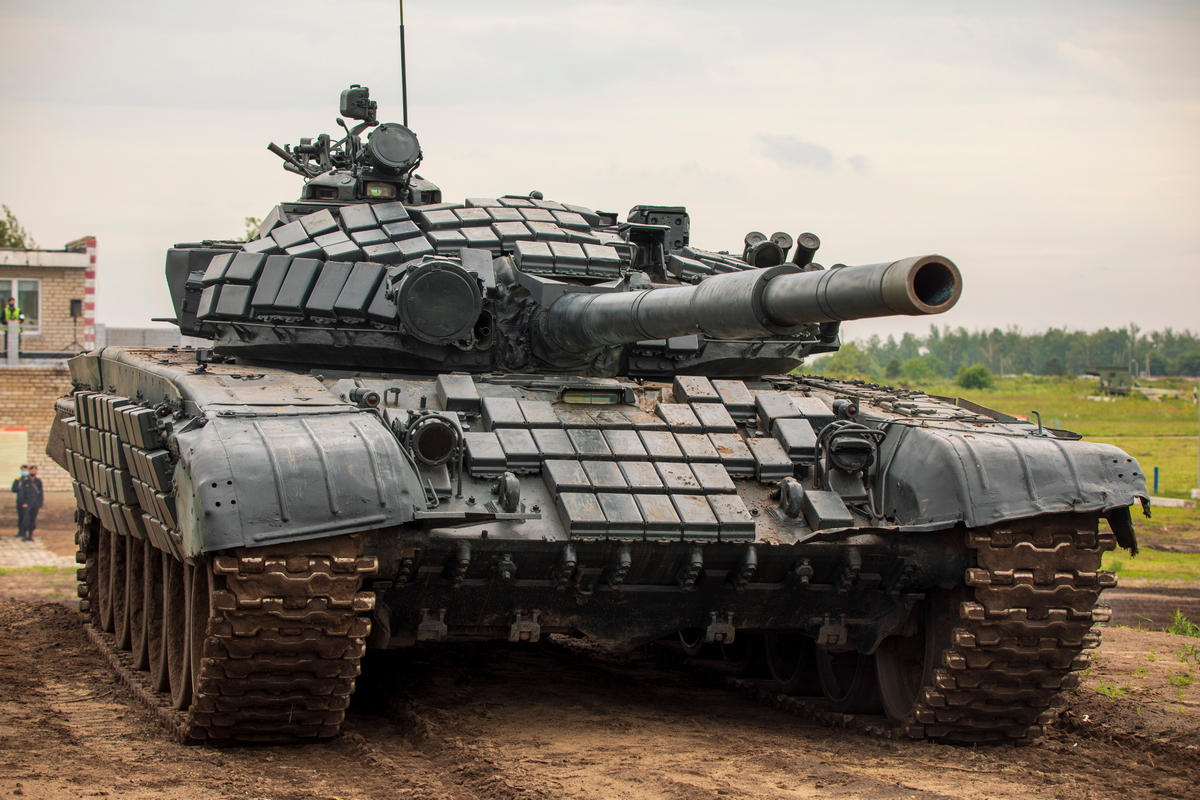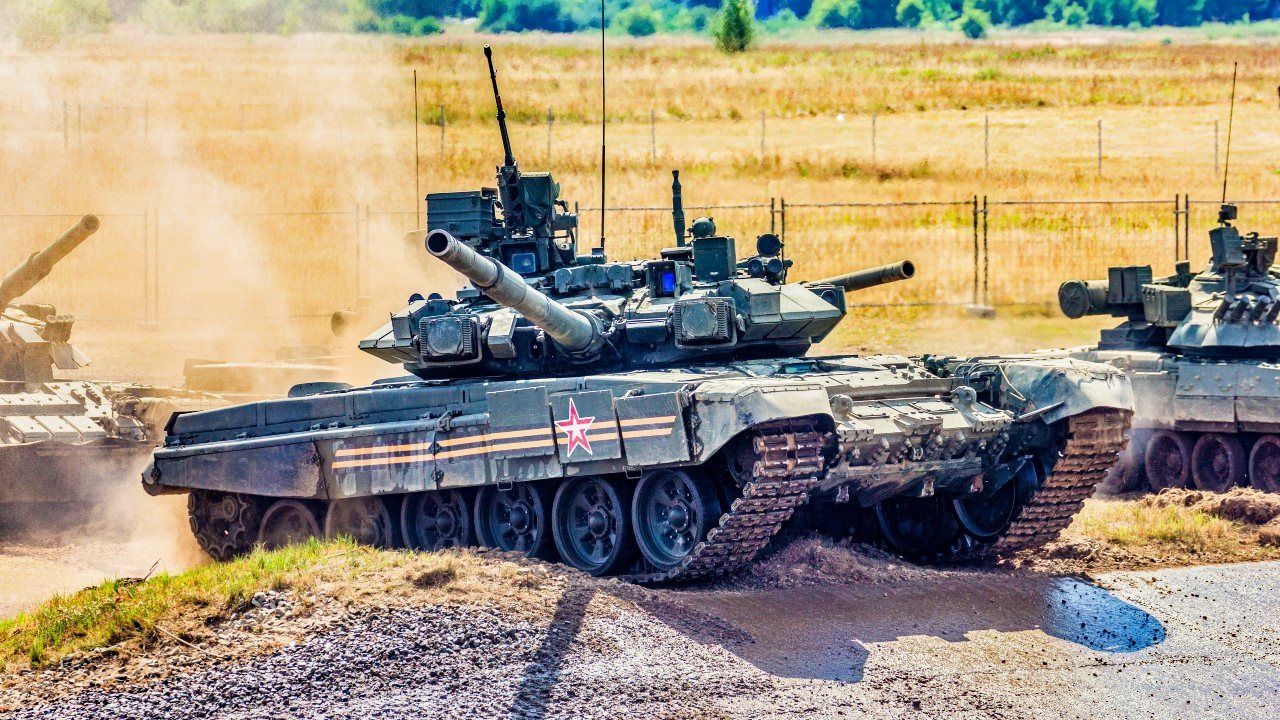Russia's Turtle Tanks are Going to War in Ukraine and It Could Get Ugly
The ongoing war in Ukraine has forced both Ukrainian and Russian forces to innovate due to severe shortages in weapons systems. One such Russian innovation is the "turtle tank," a modified T-72 main battle tank outfitted with makeshift armor resembling a turtle's shell.
Summary and Key Points: The ongoing war in Ukraine has forced both Ukrainian and Russian forces to innovate due to severe shortages in weapons systems. One such Russian innovation is the "turtle tank," a modified T-72 main battle tank outfitted with makeshift armor resembling a turtle's shell.

-The additional armor, constructed from materials like steel rods and corrugated metal, is intended to protect against anti-tank weapons and drones. However, this modification significantly hampers the tank's maneuverability, turret rotation, and ability to deploy defensive measures like smoke canisters.
-Despite its heavy armor, the turtle tank's effectiveness has been questionable. Ukrainian forces have successfully destroyed these modified tanks using modern anti-tank weapons and suicide drones.
Russia and The Turtle Tank
The long war in Ukraine, and the shortages in weapons systems experienced by both combatants, have opened the way for human creativity.
Ukrainians and Russians have come up with ingenious ways to make up for any shortcomings. They adjust their gear to the peculiar demands of the conflict. However, what might appear to be a good idea on paper does not always translate in practice.
For example, during one moment of creativity, the Russian side came up with the concept of the turtle tank. The experiment has not worked that well. But to understand why, it is important first to understand how Russia’s turtle tanks came about.
Heavy Losses in Men and Heavy Weapon Systems
The Russian military has taken extremely heavy casualties. The most recent estimates from the Ukrainian Ministry of Defense assess Russia’s manpower losses at approximately 570,000 men killed, wounded, or captured.
Kyiv also estimates Moscow has lost tens of thousands of heavy weapons systems such as main battle tanks, infantry fighting vehicles, armored personnel carriers, artillery pieces, multiple launch rocket systems, air defense weapons, drones, and tactical vehicles.
Russian forces have lost somewhere in between 3,000 and 8,000 main battle tanks, depending on the source cited. Even the smaller number is the equivalent of the Russian military’s entire pre-war active tank arsenal.

To compensate for the losses, the Russian military has been unearthing obsolete tanks, including T-54/55 main battle tanks designed and built in the 1940s and 1950s, and sending them to the frontlines with minor upgrades.
In order to counter Ukrainian anti-tank weapons, artillery, and suicide drones, Russian forces have modified their heavy weapons systems. For instance, they have added steel coops or cages to reduce the impact of an incoming munition.
And so came the idea for the turtle tank.
Russian Turtle Tanks Look Like an Act of Desperation in Ukraine
A turtle tank is based on the T-72 main battle tank. It has extensive impromptu armor around it that resembles the shell of a turtle.
The armor can be made of steel rods, steel planks, building parts, corrugated metal sheets – you name it, the Russians try to use it. The goal is to reduce the threat of suicide drones and anti-tank weapons and create an armored beast that can punch through heavily fortified positions.
In reality, however, the big and cumbersome super-armor on top of the tank’s turret limits much of the armored vehicle’s advantages, namely maneuverability, the ability to rotate the turret and engage targets faster, and even the ability to deploy smoke canisters for concealment.
Videos from the ground in Ukraine show that the Ukrainian forces are able to destroy T-72 tanks modified as turtle tanks rather easily with suicide drones and anti-tank weapons. They might have a harder time with older weapons, but with the right tools, there is hardly a difference.
About the Author: Stavors Atlamazoglou
Stavros Atlamazoglou is a seasoned defense journalist specializing in special operations and a Hellenic Army veteran (national service with the 575th Marine Battalion and Army HQ). He holds a BA from the Johns Hopkins University and an MA from the Johns Hopkins’ School of Advanced International Studies (SAIS). His work has been featured in Business Insider, Sandboxx, and SOFREP.
All images are Creative Commons and/or Shutterstock.


